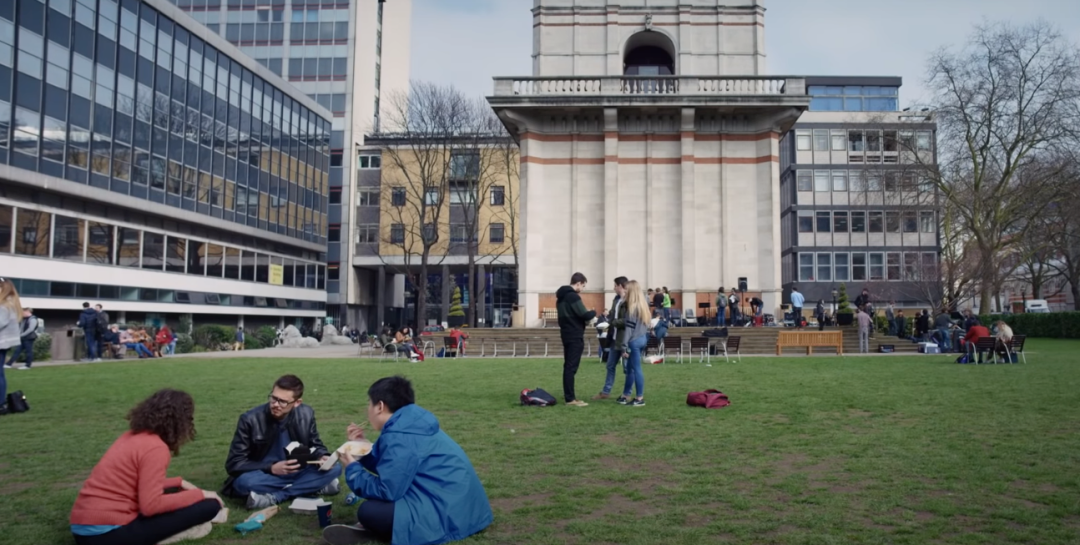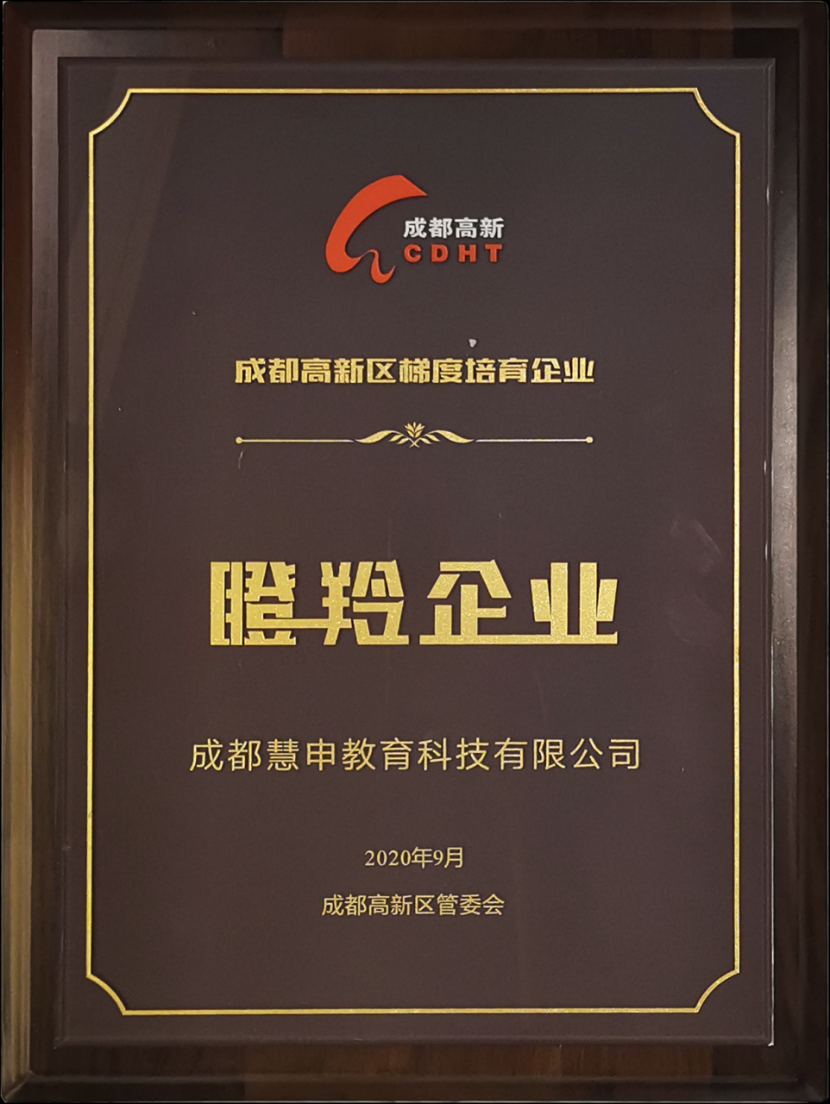视频解析
文字解析
Supporting
This question asks what the passage says explicitly about why feminist scholars reference Burckhardt’s view of Renaissance women. The first paragraph states that Burckhardt’s view is that Renaissance women enjoyed perfect equality with men, and then follows that by noting how feminist scholars have repeatedly cited this view to contrast it with extensive evidence of women’s inequality during the Renaissance.
A. The passage does not indicate that any feminist scholars cite Burckhardt to refute
Kelly’s view. It uses Krontiris as an example of scholars who refute Kelly’s point of view to a certain degree, but Krontiris does not use Burckhardt’s view as her basis for doing so; Krontiris argues against Burckhardt as well.
B. According to the first paragraph, Kelly’s work was in certain ways inconsistent with Burckhardt’s view, but that is not a reason why Burckhardt’s view is cited by feminist scholars. Rather, according to the passage, they cite it in order to argue against it.
C. Correct. Many feminist scholars wish to refute Burckhardt’s view that Renaissance women and men were equal.
D. As the first paragraph makes clear, Burckhardt’s work emphasizes equality, not inequality, between Renaissance women and men.
E. The passage does not discuss the historical research on which Burckhardt based his work.
The correct answer is C.
GMAT会员
- 【OG18-P680-668题】In a review of 2,000 studies of human behavior that date back to the 1940s, two Swiss psychologists, declaring that since most of the studies had failed to control for such variables as social class and family size, none could be taken seriously.
- 【OG18-P680-671题】Manufacturers rate batteries in watt-hours; if they rate the watt-hour higher, the longer the battery can be expected to last.
- 【OG18-P680-672题】At the end of the 1930s, Duke Ellington was looking for a composer to assist him-someone not only who could arrange music for his successful big band, but mirroring his eccentric writing style as well in order to finish the many pieces he had started but never completed.
- 【OG20-P569-634题】Snowmaking machines work by spraying a mist that freezes immediately on contact with cold air. Because the sudden freezing kills bacteria, QuickFreeze is planning to market a wastewater purification system that works on the same principle. The process works only when temperatures are cold, however, so municipalities using it will still need to maintain a conventional system. Which of the following, if true, provides the strongest grounds for a prediction that municipalities will buy QuickFreeze's purification system despite the need to maintain a conventional purification system as well?
- 【OG20-P147-8题】(12 -13 )+(13 -14 )+(14 -15 )+(15 -16 )=

添加官方小助手微信
了解更多GMAT考试与咨询















 400-1816-180
400-1816-180





 资深讲师题题有解析
资深讲师题题有解析






















 12G备考资料
12G备考资料